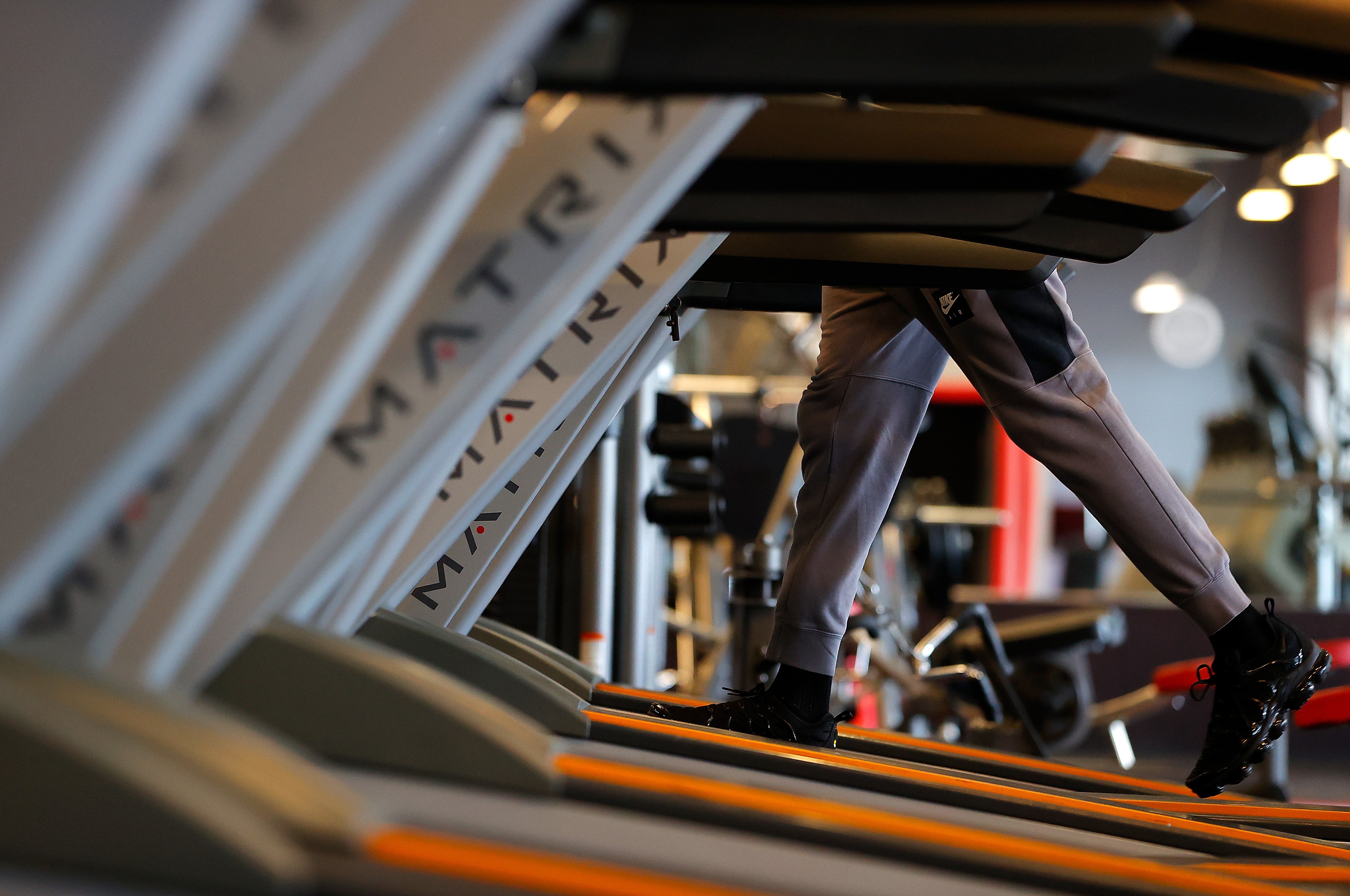Walking to lose weight can seem like a chore or a bore, but a recent trend offers results with a challenge.
It’s known as the “6-6-6” method – but don’t worry, there’s no association with 666, which is commonly associated with the devil. The trend has been popping up across social media platforms this year.
“There’s something about number-based challenges that really appeals to people,” Dr. Libby Richards, a professor at Purdue University, explained to Health. “People tend to be motivated by challenges that set concrete, measurable goals.”
The technique asks people to walk briskly six days a week for an hour, starting at either 6 a.m. or 6 p.m. Make sure to get in a six-minute warm-up and cool-down, as well.
There are multiple health benefits to the practice. Brisk walking has been tied to a lower risk of abnormal heart rhythms that can lead to cardiac arrest, according to Harvard Medical School.

And while any workout activity can help protect your overall health, walking can fortify your immune health, ease joint pain, fight the effects of genes that may lead to obesity, and slash the risk of developing breast cancer.
You don’t even need to hit 10,000 steps a day: a milestone once considered the gold standard for daily steps. New research has shown only 7,000 steps can reduce the risk of chronic disease, cognitive decline, and death.
Getting enough exercise was found to reduce the risk of getting seven types of cancer, including breast cancer. Although what is considered “enough” exercise may change based on your age and other factors.
Adults need at least 150 minutes of moderate-intensity physical activity a week, according to the Centers for Disease Control and Prevention.
For weight loss, make sure you’re not consuming more calories than you burn. Walking can help you lose weight when paired with a healthy diet. To lose weight, people may need to double the 30 minutes of moderate to vigorous walking recommended by federal guidelines five days a week, ale New Haven Hospital Exercise Physiologist Dr. Matthew Stults-Kolehmainen said in a statement. Walking for 50 minutes four days a week has been linked to reductions in weight and belly fat.
The 6-6-6 method builds on previous walking trends that rely on timed increments to boost results, including the 12-3-30 interval trend. That trend asks people to walk at a 12 percent incline on a treadmill for 30 minutes at a three-mile-per-hour pace. Researchers have said it could even burn more fat than running.

The benefits of interval and High-Intensity Interval Training, or HIIT, training are widely established. Interval training offers cardiovascular benefits and can improve age-related muscle loss. Researchers have previously found that people between the ages of 65 to 80 who did such training reversed age-related deterioration of muscle cells and improved muscle power.
Although many different forms of walking and exercise can be advantageous, one of the biggest befits of the 6-6-6 method is its flexibility and consistency.
“The best time to walk is when you will stick with it,” Richards said. “It’s not about walking precisely at 6 a.m. or 6 p.m. It’s about building consistency.”




